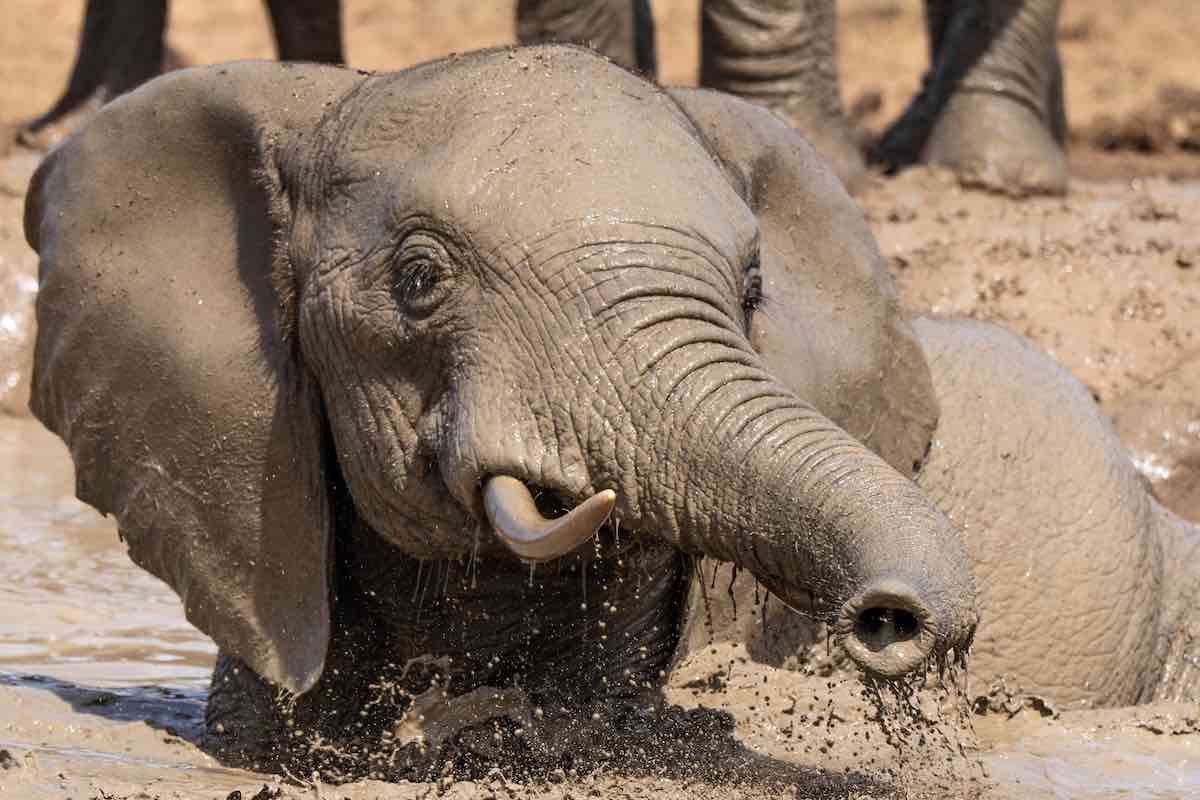Elephant musth – a natural, yet extraordinary phenomenon that showcases nature’s raw intricacy. Musth triggers significant hormonal, physiological, and behavioral changes in adult male elephants, influencing everything from individual temperaments to social hierarchies within herds.
Understanding musth, however, extends beyond mere academic curiosity. It is crucial for managing human-elephant coexistence and driving effective conservation efforts.
As such, demystifying the complexity of musth, debunking common myths, and shedding light on this unique aspect of elephant life forms an essential part of our exploration.
Whether you’re an aspiring conservationist, wildlife enthusiast, or simply intrigued by these magnificent creatures, this exploration offers valuable insights into understanding elephants and their intriguing world.









